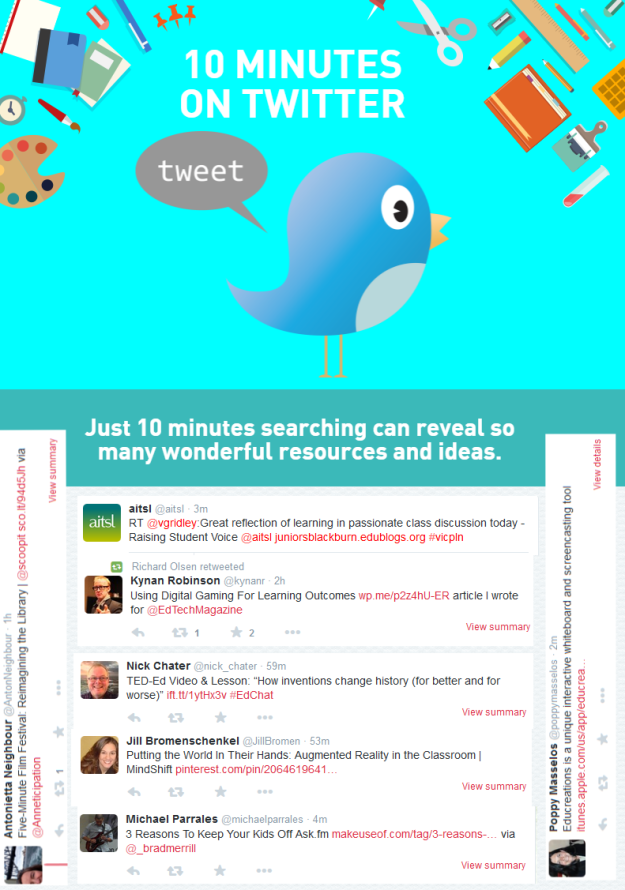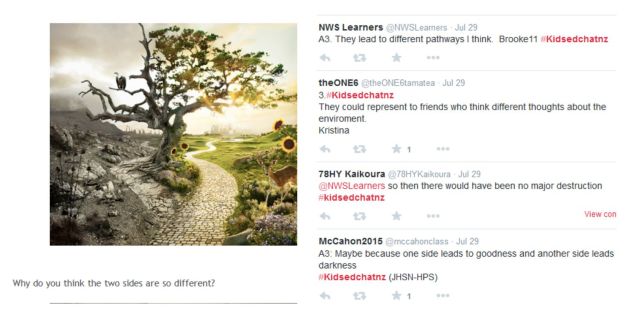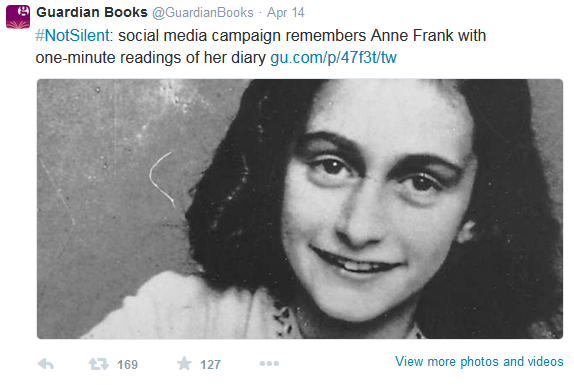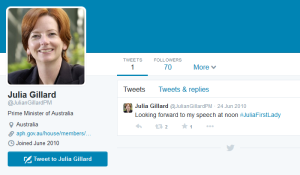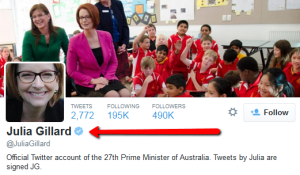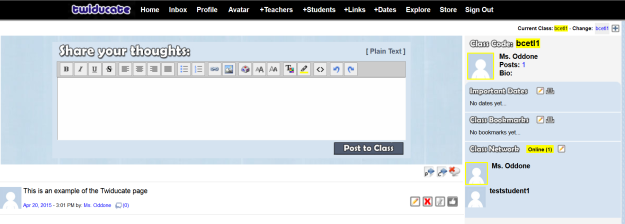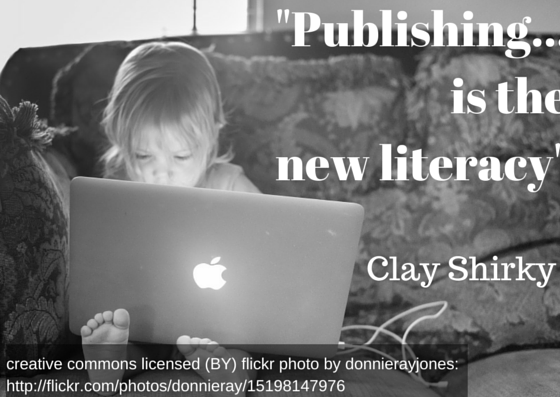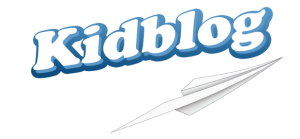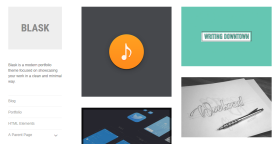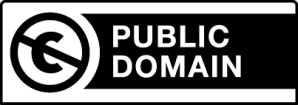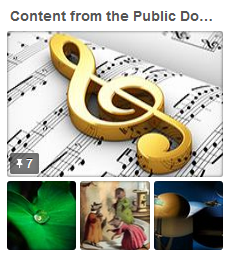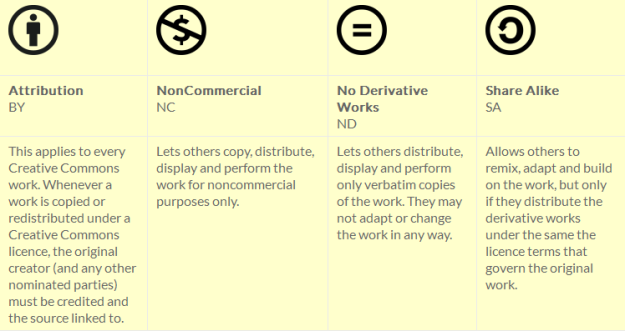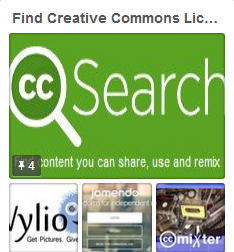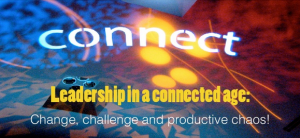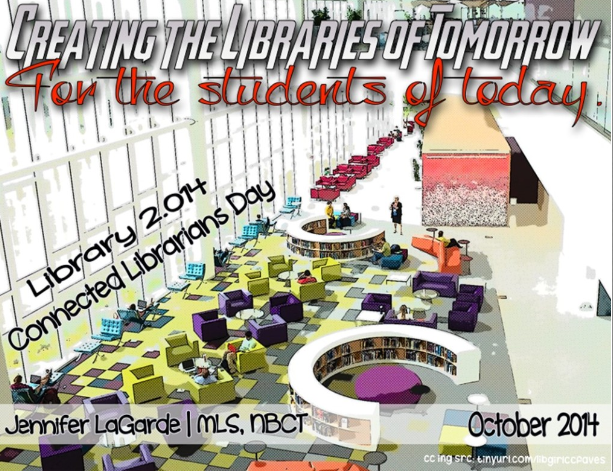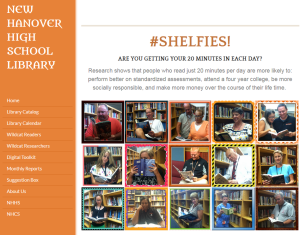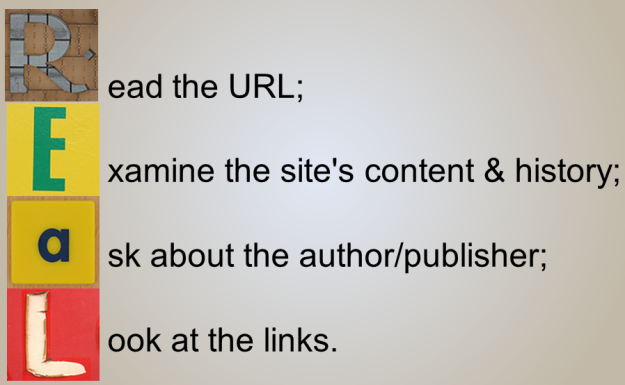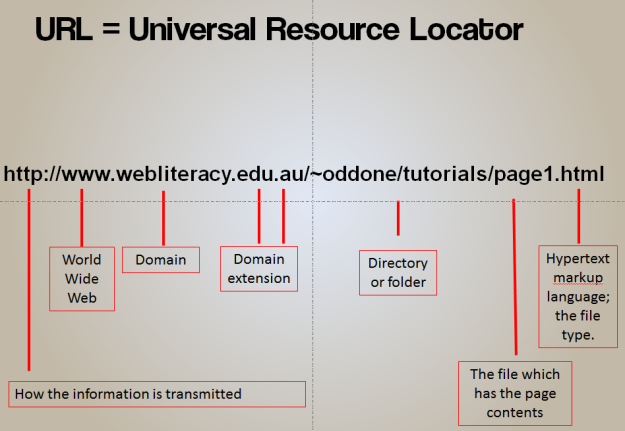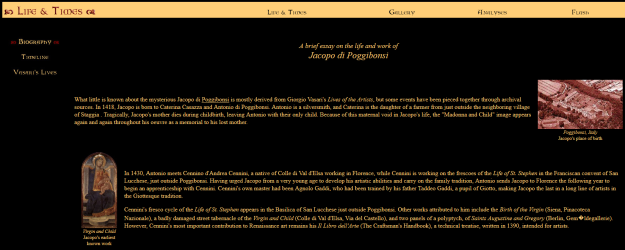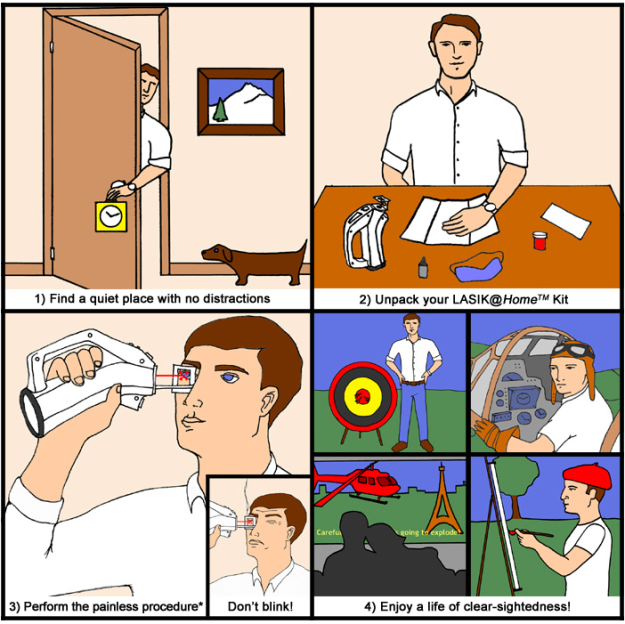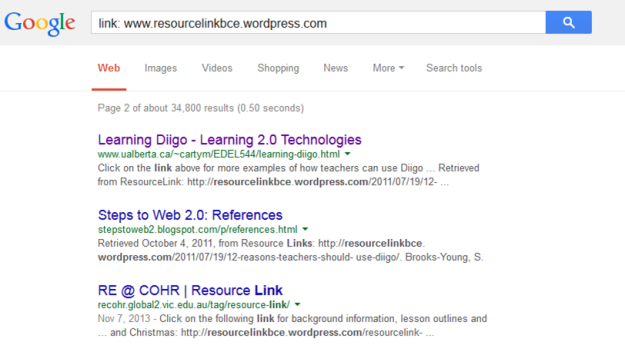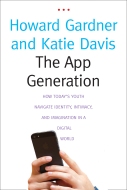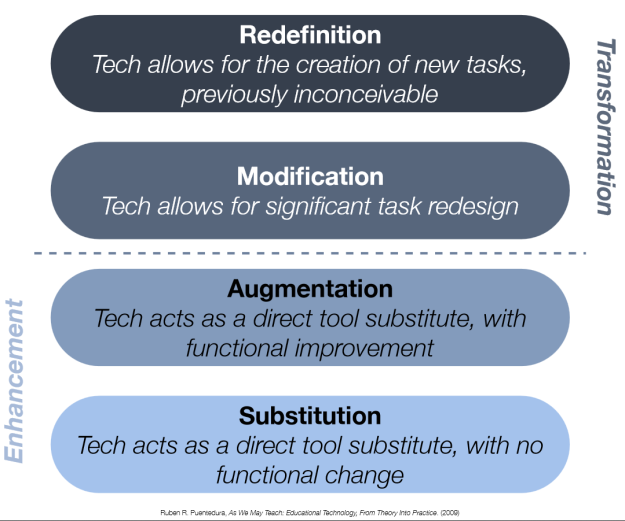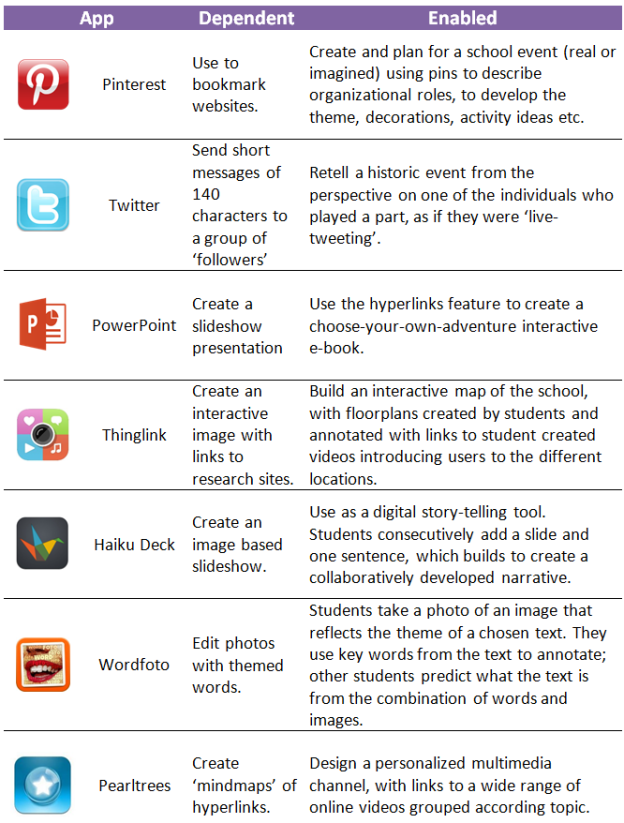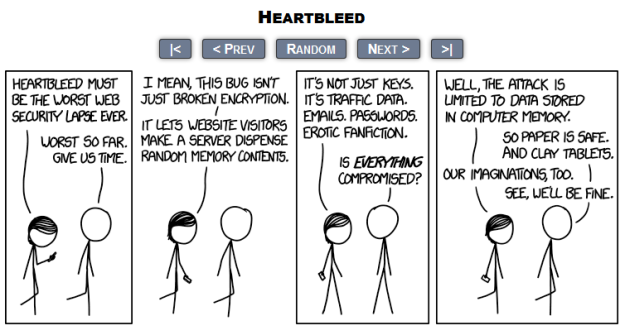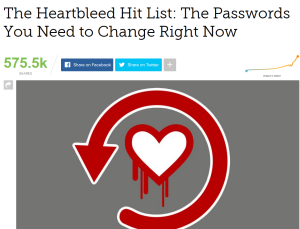This is the first of a series of posts which explore the what, how and why of social media in learning –
- What Social Media is…
- Why it is important in a learning context…and
- How it can be used to create connections
This first post looks at the what and the why of social media, and once the scene is set, we will dive into an exploration of creative ways it can be used in learning and teaching to create connections and enable opportunity across a range of contexts.
 flickr photo shared by mikefisher821 under a Creative Commons ( BY-NC ) license
flickr photo shared by mikefisher821 under a Creative Commons ( BY-NC ) license
Social media in the classroom is not an end in itself. Used creatively, it can be an amazing teaching tool, providing students with new ways to communicate and express themselves and their learning.
It is also the space where students are building a digital profile; even young students’ actions leave traces of their actions online. It is important that they are aware of their digital identity, and how this will develop and become increasingly important as they go through high school and beyond. Introducing social media into the learning context allows students to make informed decisions when online, and reduces the risk of actions which may lead to consequences for their future.
For our students, there is no differentiation between the different tools, between ‘going online’ and simply being…they use these tools naturally as part of their everyday lives. That’s not to say they are fully informed users; they know what they know, and they know that very well – but it does mean that to leave out social media from their education is to disregard a massive part of their everyday life, and to not acknowledge a major form of communication and networking.
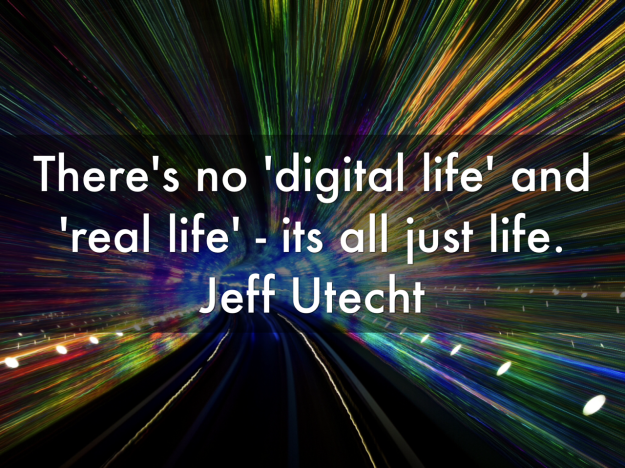
Creative Commons licensed (BY-NC-SA) flickr photo by Stuck in Customs: http://flickr.com/photos/stuckincustoms/4991717429
So what exactly IS ‘Social Media’?
Before we begin discussing social media, let’s reflect on traditional media. Educators have always accessed a wide range of traditional media in the classroom; books, TV, magazines, newspapers – all of these sources of information were (and still are) brought into the classroom to resource learning, to link students to the world, to inspire and engage them; but this traditional media is one to many, meaning that it is usually produced by one person or group, even if it is accessed and used by many- essentially a one way channel. Students can read books and newspaper articles, view television programs or documentaries, but they cannot contribute to their creation or shape the content being communicated. Traditional media is easy to manage, and there is no interactivity between creators and consumers; when we limit access to traditional media, the amount of information and access to experts students have is also limited.
Today – we continue to interact with traditional media, but also we can also engage heavily with social media. Social media is many to many, and two way; and this challenges us as educators, as it brings a whole new dynamic into the classroom. Social media is participatory, it encourages collaboration and interaction, it promotes open communication, and requires creativity and sharing.
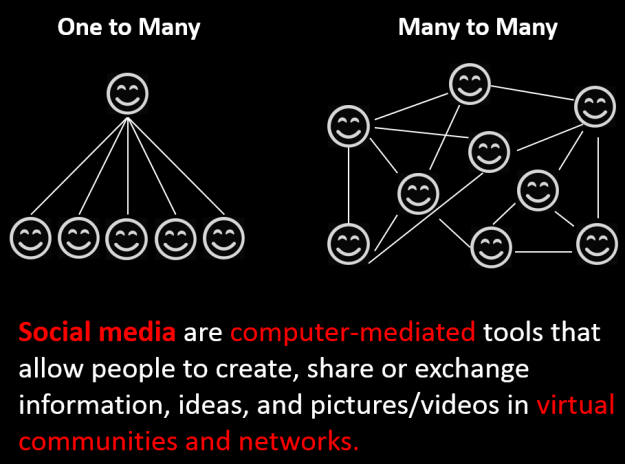 How can we define ‘social media’? It is so much more than just Facebook and YouTube. Social media includes blogs, podcasts, collaboratively created mindmaps, wikis, polls and surveys, Skype, social book marking and content curation, online games, video sharing, photo sharing, online productivity tools such as Google Docs or Evernote, forums, listservs….any media that allows for creation and communication with others. If we use this definition, you can see that social media provides so many different sources and resources to enrich learning.
How can we define ‘social media’? It is so much more than just Facebook and YouTube. Social media includes blogs, podcasts, collaboratively created mindmaps, wikis, polls and surveys, Skype, social book marking and content curation, online games, video sharing, photo sharing, online productivity tools such as Google Docs or Evernote, forums, listservs….any media that allows for creation and communication with others. If we use this definition, you can see that social media provides so many different sources and resources to enrich learning.
WHY is Social Media important in Education?
From what has already been discussed in exploring what social media is, it should be pretty obvious that it is important that we include social media as a way of engaging, working with and learning with our students, because it is a major form of communication, information access and knowledge construction being used in our world today. However, if you need more convincing, please consider reading this book: Why School, by Will Richardson.
Why School is from the Ted series of books, and it is just 35 pages long, and costs $3.75 to download from the Ted Books app, or you can buy it through the Amazon Kindle store. In it, Will Richardson, a teacher, speaker and writer, outlines why we need to engage in new ways of learning and teaching in a world of abundant information and provides a vision for the way learning can shift from content mastery to learning mastery; where students learn more than literacy and numeracy, but also develop skills in creativity, persistence, critical literacy, collaboration and problem solving. He acknowledges that this move to connected learning isn’t easy; but there are many strategies and tools that we can use to begin implementing change.
Richardson also states another really important fact; one that I believe we can’t overlook; access does not equal the ability to use the web well.
He points out that no matter how often we call our students ‘digital natives’, simply being able to access this wealth of information and knowledge doesn’t mean that they also automatically become self-directed, organised and web-literate; students need our assistance to develop the skills needed to connect and build relationships with others online in safe, ethical and effective ways. The environment of abundance that they live in requires in some ways even more support from educators than before; just a different kind of support, and with a different kind of focus.
Steve Wheeler, Associate Professor at Plymouth University says that to thrive in this new, hyperconnected world, learners will need new literacies;
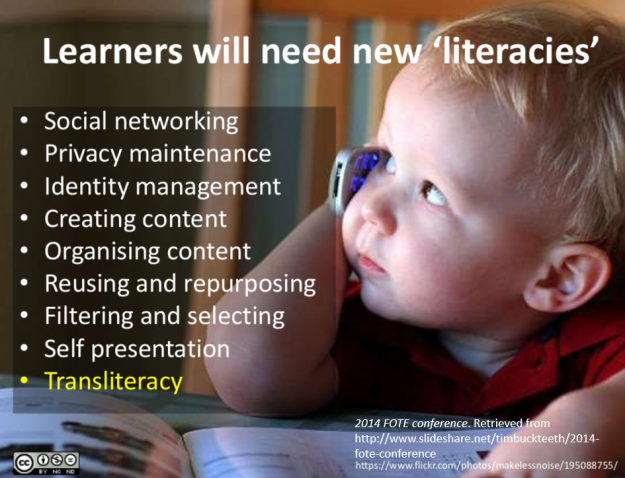 It is interesting that he says ‘learners’ not ‘students’ for these are skills that we are all developing; and so how do we learn these literacies, and how do we teach these to our students? By engaging in the media that requires them.
It is interesting that he says ‘learners’ not ‘students’ for these are skills that we are all developing; and so how do we learn these literacies, and how do we teach these to our students? By engaging in the media that requires them.
The next blog post will explore the HOW of social media – not by looking at lists of tools, but by focusing on what we hope the students will learn and what skills and knowledge they will take away from the task.
Every school has a different context; different levels of access to technology, different security requirements, some schools are very open when accessing the internet and social media tools, others are quite locked down. Every teacher has their own comfort level with using technology and students come into the classroom with varying capabilities. Focusing on the task and the outcomes helps us see that we can work creatively in the context we are in. The next post will explore Twitter, so that you can take these ideas into different settings and share them with different groups.
I have curated a range of the related social media tools that are mentioned in this and future posts on my Pinterest Board here:
Read on!


